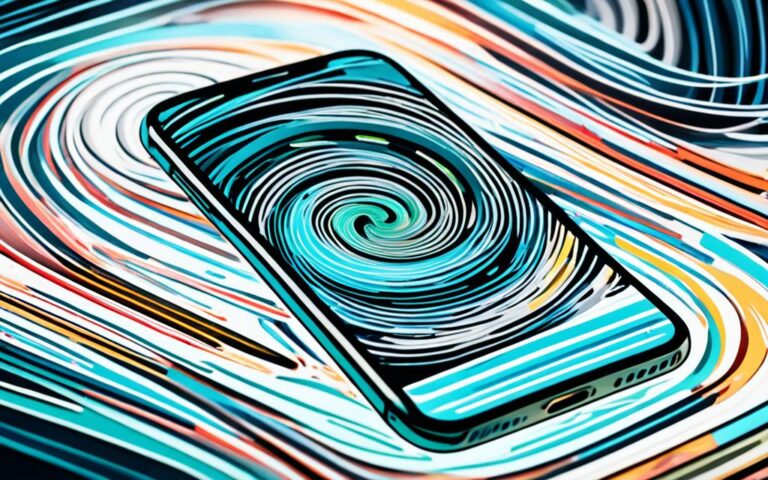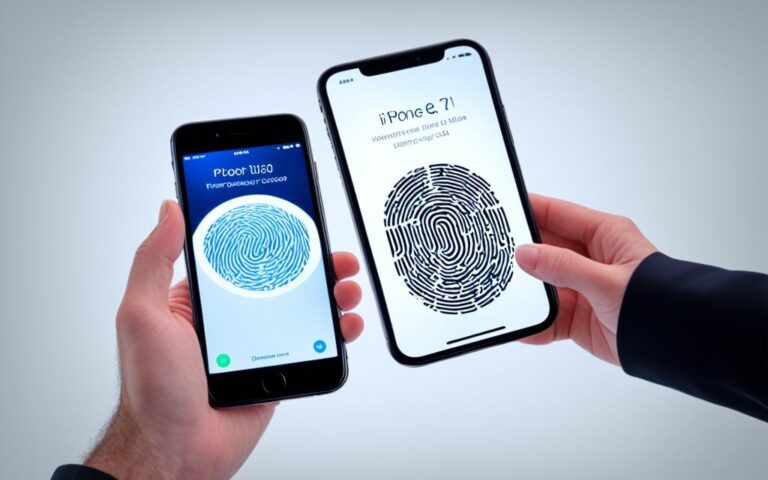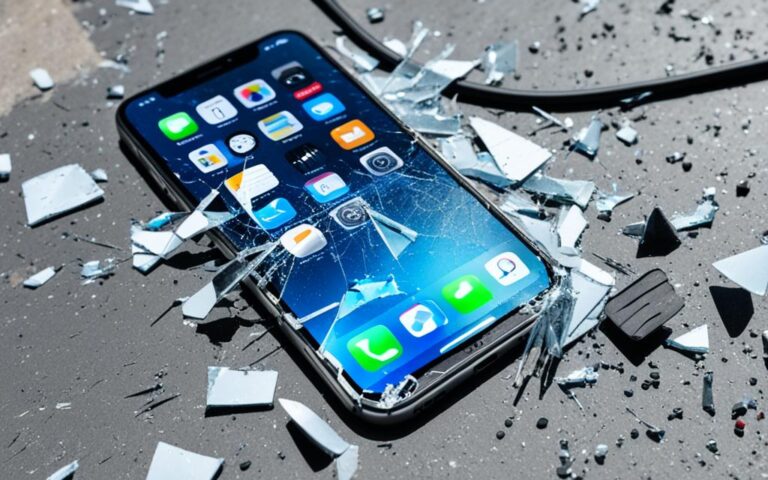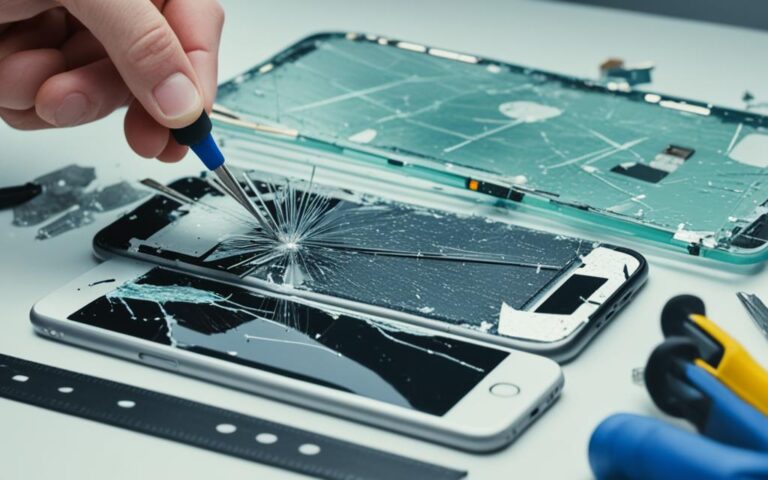Enhancing Multitasking with RAM Upgrades for iPhone X
Are you an iPhone X user who frequently experiences lag and slow performance while multitasking on your device? If so, you’re not alone. Many users have reported delays when switching between apps, minimizing apps, and scrolling in various applications like Safari and YouTube.
While benchmark results indicate that the iPhone X performs well, some users find that their devices still suffer from slow performance during multitasking. Resetting the device or restoring it through recovery mode has shown improvements in speed and responsiveness. However, it remains unclear why these issues persist on a new device and why a factory reset is required to address them.
Fortunately, there are solutions to enhance multitasking on your iPhone X without resorting to drastic measures. One effective approach is to upgrade the RAM of your device. By increasing the available memory, you can optimize the performance and eliminate lag while juggling multiple tasks.
In this article, we will explore how upgrading the RAM of your iPhone X can enhance multitasking capabilities and provide a smoother user experience. We will also discuss other tips and techniques to optimize the performance of your device and troubleshoot any persistent lag issues. Whether you’re a power user or simply looking to maximize your productivity, this guide will help you make the most out of your iPhone X.
Common Solutions for iPhone X Lag Issues.
Users have shared various solutions they have found effective in addressing iPhone X lag issues. These solutions include:
-
Enabling the “Reduce Transparency” setting under the Accessibility options. This setting reduces the aesthetic appearance of menus but improves device performance. By reducing the graphical load on the device, users can experience smoother transitions and faster app switching.
-
Force-rebooting the device. This can be done by pressing and holding the Power button and either volume button until the Apple logo appears. Force-rebooting can help clear temporary files or processes that may be causing lag, giving the iPhone X a fresh start.
-
Using the “Reset All Settings” option. This can be found in the Settings app under General > Reset. Resetting all settings allows users to revert any customization or configuration changes that may have negatively impacted the device’s performance. It does not erase data, but users will need to reconfigure preferences after performing the reset.
-
Closing background apps. Users can double-click the Home button (or swipe up from the bottom on iPhone X models) to access the app switcher and swipe vertically to close unnecessary apps. By closing background apps, system resources can be freed up, potentially reducing lag caused by excessive multitasking.
-
Checking for apps draining excessive power. Users can go to Settings > Battery and review the Battery Usage section to identify any apps consuming a significant amount of power. Closing or disabling these apps can help alleviate performance issues associated with excessive power drain.
While these solutions have worked for some users, it’s important to note that the effectiveness may vary depending on individual devices and usage patterns.
| Solution | Description |
|---|---|
| Enable “Reduce Transparency” setting | This setting reduces graphical load, improving device performance. |
| Force-reboot the device | Clear temporary files or processes causing lag. |
| Use “Reset All Settings” option | Revert customization changes negatively impacting device performance. |
| Close background apps | Free up system resources by closing unnecessary apps. |
| Check for apps draining excessive power | Identify and close/disable apps consuming significant power. |
Remember to experiment with these solutions to find what works best for your iPhone X and usage habits.
Clearing RAM on iPhone X for Better Performance.
Clearing the device’s random access memory (RAM) can help improve the overall performance of the iPhone X. When the RAM is cleared, background processes are eliminated, temporary files are wiped, and apps may need to be refreshed when accessed again. This can significantly alleviate lag and improve responsiveness.
To clear the RAM on the iPhone X, follow these steps:
- Enable AssistiveTouch by going to Settings > Accessibility > Touch > AssistiveTouch.
- A virtual button will appear on the screen; tap it.
- Select “Device” in the AssistiveTouch menu.
- Press and hold the “Lock Screen” button until you see the “Slide to power off” option.
- Release the “Lock Screen” button and quickly press and hold the volume down button until your device restarts.
Once your iPhone X restarts, the RAM will be cleared, and you should notice an improvement in performance.
Understanding the Benefits of Clearing RAM
Clearing RAM is an effective way to optimize the performance of your iPhone X. It helps free up memory space, allowing the device to run smoother and faster. When you clear the RAM, you eliminate unnecessary background processes that may be consuming system resources. Additionally, clearing the RAM wipes temporary files, which can help resolve any temporary data conflicts that may be causing lag and slow performance.
“Clearing the RAM on the iPhone X has been a game-changer for me. It’s like giving my device a fresh start and makes multitasking so much smoother!” – Emma W.
The Importance of Regular RAM Clearing
Clearing the RAM on your iPhone X should not be a one-time activity. It is recommended to clear the RAM periodically, especially if you notice performance issues or experience lag while using the device. Regularly clearing the RAM can help maintain optimal performance and prevent any accumulation of temporary files and background processes that may hinder the device’s responsiveness.
Tips for Optimizing iPhone X Performance.
In addition to clearing the RAM, there are other tips and tricks users can employ to optimize the performance of their iPhone X. By following these recommendations, users can enhance multitasking capabilities and experience smoother operation on their devices.
1. Limit the number of background apps
One effective way to improve performance is by closing unnecessary apps running in the background. Keeping too many apps open can consume valuable system resources and slow down the device. By closing unused apps, users can free up memory and allocate more processing power for the apps they actively use, resulting in a snappier multitasking experience.
2. Manage app usage
Deleting unused apps can not only free up storage space but also help improve performance. Apps that are unused and remain on the device can still consume system resources and impact overall responsiveness. Additionally, users can optimize app usage by enabling background refresh only for essential apps. This way, the device will focus resources on the apps that matter most, enhancing multitasking and reducing lag.
3. Regularly clean up app cache and junk files
Over time, app cache and junk files can accumulate and impact device performance. Cleaning up these files can be done manually, but using third-party tools like Tenorshare iCareFone Cleaner can simplify the process and ensure a thorough cleanup. By removing unnecessary files, users can reclaim storage space and optimize performance for multitasking on the iPhone X.
4. Keep the device updated
Updating your iPhone X to the latest iOS version is crucial for optimal performance. iOS updates often include bug fixes, security enhancements, and performance improvements. By staying up to date with the latest software, users can ensure their devices are operating at their best and benefiting from any optimizations provided by Apple.
5. Minimize unnecessary clutter
A cluttered device can negatively impact performance. Users can optimize iPhone X performance by organizing app icons, deleting unused files and documents, and removing unnecessary widgets and notifications. By keeping things tidy and uncluttered, multitasking becomes more efficient, resulting in smoother operation and improved responsiveness.
By implementing these tips, users can significantly optimize the performance of their iPhone X and enjoy improved multitasking capabilities. Taking the time to manage app usage, clean up files, and maintain an organized device can make a noticeable difference in performance on the iPhone X. With these optimizations, users can make the most out of their device’s capabilities and have a smoother, more efficient multitasking experience.
Troubleshooting iPhone X Lag Issues.
If you’re still experiencing lag issues on your iPhone X despite trying various solutions, it may be necessary to troubleshoot the device further. Here are some steps you can take to fix performance issues on your iPhone X:
- Check for App Updates: Make sure all your apps are up to date. App updates often include bug fixes and performance improvements that can resolve compatibility issues leading to lag.
- Perform a Full Device Reset: If other solutions haven’t worked, you can try performing a full device reset. This can be done by going to the Settings app, selecting General, and choosing Reset. Keep in mind that this will erase all data on your device, so make sure to back up your important data beforehand.
- Restore the Device through Recovery Mode: If a full device reset doesn’t resolve the lag issues, you can attempt to restore your iPhone X through recovery mode. This can be done by connecting your iPhone X to a computer with iTunes, entering recovery mode, and following the on-screen instructions to restore your device.
- Visit an Apple Store: If the lag issue persists despite your troubleshooting efforts, it may be beneficial to visit an Apple Store for further diagnosis and assistance. Apple experts can help identify any hardware or software issues that could be causing the performance problems.
It’s important to note that individual device performance can vary, and certain apps or usage patterns may contribute to lag on specific devices. By following these troubleshooting steps, you can increase the chances of resolving lag issues and improving performance on your iPhone X.
Conclusion
The iPhone X, with its powerful hardware and advanced features, is designed to offer seamless multitasking. However, some users have reported experiencing lag and slow performance when switching between apps, scrolling, and performing various tasks.
While there is no one-size-fits-all solution, several approaches can help address these issues. Clearing the device’s RAM, optimizing app usage, and troubleshooting potential compatibility or software issues are some of the steps users can take to improve performance.
It’s important to remember that individual devices may exhibit different performance levels, and it may be necessary to seek professional assistance for persistent lag problems.












